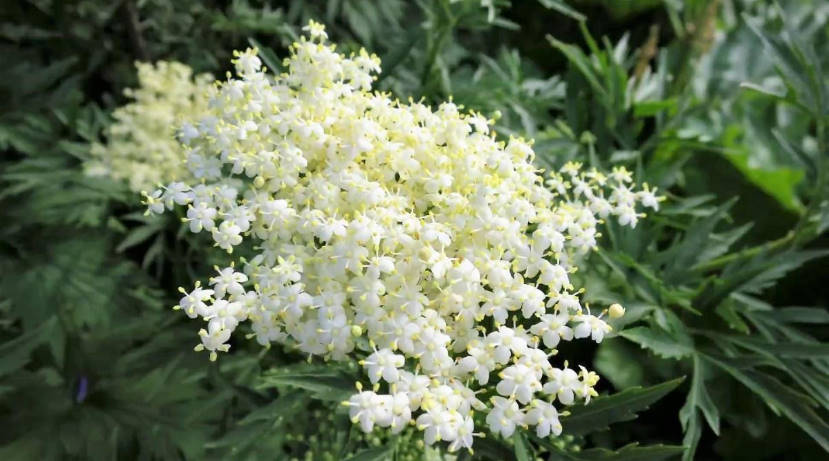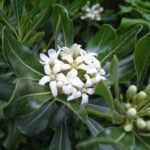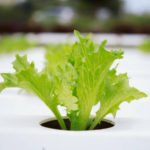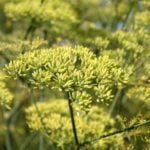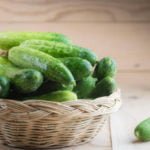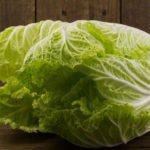Elderberry is a fairly common plant, in some regions it grows as a weed along the edges of the forest, in meadows. If you need to quickly grow a green bush to fence off some part of the garden or create a vertical, then planting elderberries is a very good solution.
If we do not go into botanical details, then we can say that the main division of elder species is black and red. And it is important to remember that the fruits of red elderberry are very poisonous, and black elderberry berries can be eaten, but with restrictions.
The second important point is that the black-fruited representative has a more limited cultivation area, since it freezes in cold winters. After, however, it is successfully restored, growing from the root.
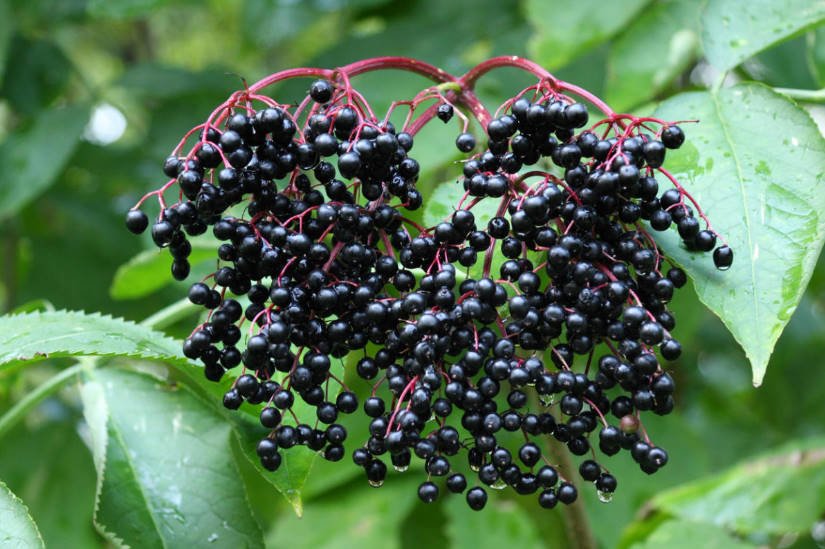
Black elderberry fruit
The elder blooms very beautifully, forming wide corymbose inflorescences. Their color is white or yellowish. Decorative varieties with pink flowers of different shades are also bred.
Propagation by cuttings
It is very easy to propagate elderberry by cuttings, both lignified and green – with the growth of the current year. Cuttings take root well, and their survival rate is very high. The right time for pruning is the end of June – the beginning of July.
For propagation by cuttings with two internodes, leaving about 2 cm (0.8 in) of branches under the lower ones. This internode will be buried, so its leaf is cut off completely.
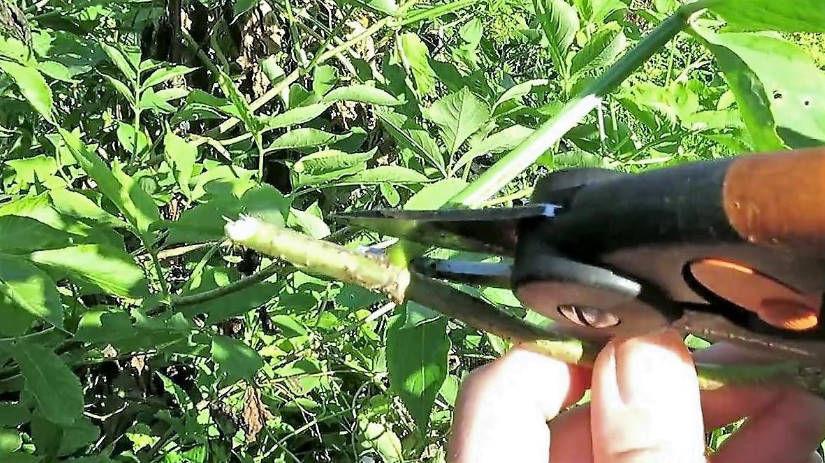
The bottom sheet is cut by cutting
On the upper part of the kidney, make an incision, retreating from it by about 1 cm (0.4 in). Trim the complex elderberry leaf, leaving only one pair of simple leaves.
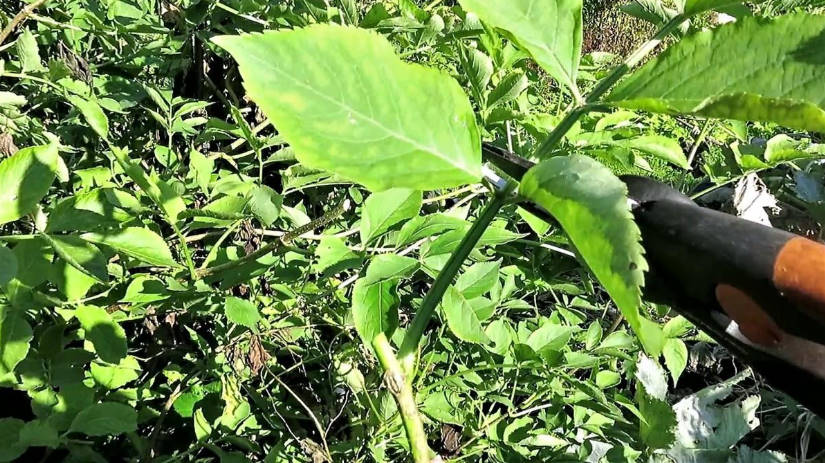
Make the upper cut and shorten the sheet
In the photo above you can see manipulations with the lignified stem, the same can be done with the green shoots of the current year.
For rooting, take a small container that is filled with a light substrate. Prepared cuttings are buried in the soil almost to the top of the kidney and watered.
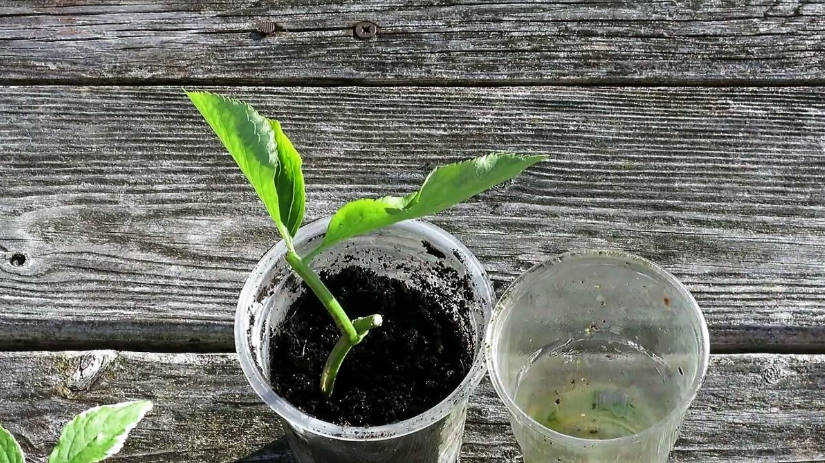
Bury the cuttings
Cover the top with a transparent lid (for example, a glass) or a bag. Place the container with cuttings in partial shade and do not forget to water periodically.
Roots will begin to form quickly enough. This can be easily seen if the container is transparent. The second sign that the cuttings are successfully taking root is the growth of new leaves from an open bud.
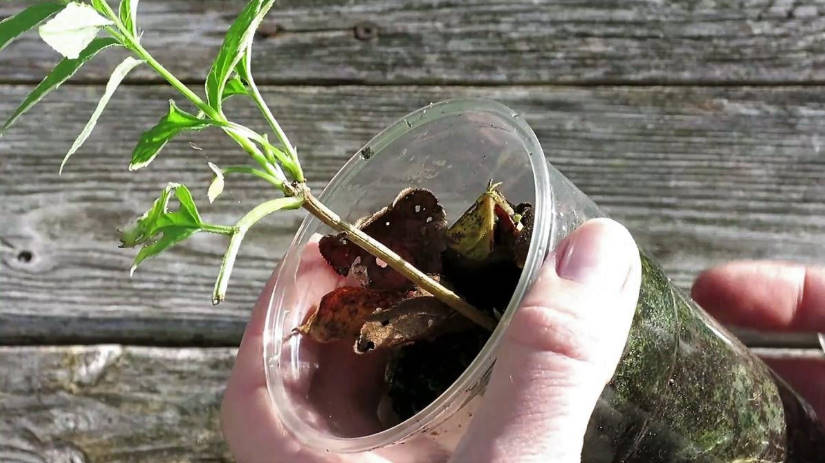
The graft has gone up
If you see that a young plant is actively developing, it has good roots and a couple of new leaves, it can be planted in the garden. If you can’t plant a plant in a permanent place in the fall, then you need to plant it somewhere in the garden right in a glass and cover it for the winter.
Elderberry is a fast-growing unpretentious plant, a wonderful honey plant, simultaneously scaring off a large number of garden pests. Black elderberry has useful and even medicinal properties. In addition, decorative elderberry varieties can become a real decoration of your garden. And the flowers of black elderberry in the spring can be cooked for the original jam.
Has elderberry already settled in your garden? Share it with us in the comments!
